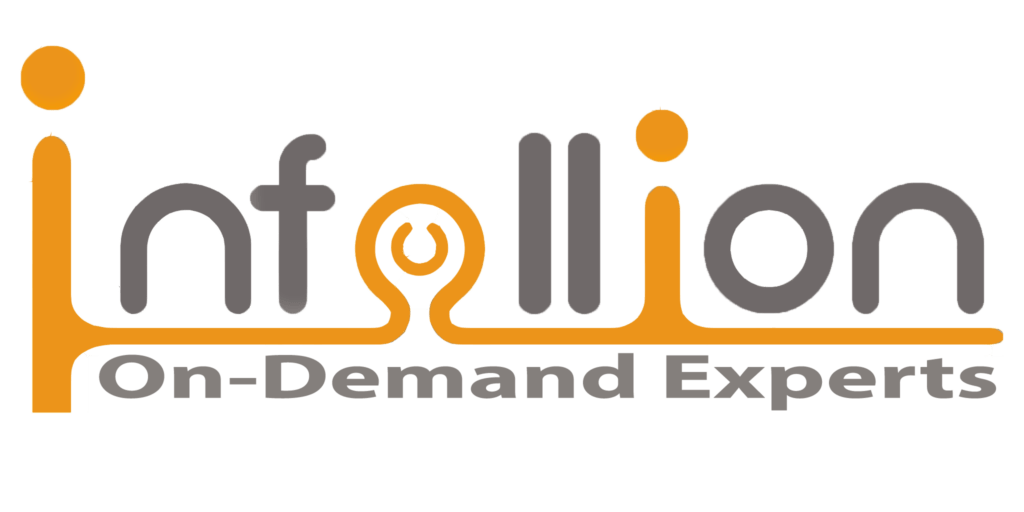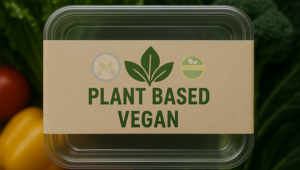Program Overview
This corporate program equips participants with a deep understanding of food additive, preservative, and novel food regulations across key jurisdictions including FSSAI (India), EFSA (EU), and FDA (US). Delivered by an industry expert with over 25 years of regulatory and food safety experience, the session blends conceptual knowledge with practical compliance insights, real-world case studies, and interactive simulations. Participants will learn how to classify additives, interpret maximum permissible limits, prepare documentation for novel foods, and navigate labeling and safety requirements. The program emphasizes actionable strategies to resolve real compliance challenges, reduce regulatory risks, and accelerate innovation in food product development.
Features
- Interpret regulatory frameworks governing food additives, preservatives, and novel foods across regions.
- Differentiate between approved, conditionally permitted, and restricted additives.
- Anticipate labeling, safety assessment, and compliance challenges in global markets.
- Apply real-world lessons to improve formulation strategies, reduce risks, and accelerate product approvals.
Target audiences
- Regulatory Affairs and Quality Assurance Teams
- R&D Teams
- Food Tech and Food Safety Teams
- Product Development Teams
- Compliance Teams
Curriculum
- 5 Sections
- 25 Lessons
- 1 Day
- Regulatory Frameworks & Definitions6
- 1.1Key definitions: Food Additives, Preservatives, Processing Aids, Novel Foods.
- 1.2Regulatory frameworks: Codex Alimentarius standards.
- 1.3Regulatory frameworks: FSSAI (India), EFSA (EU), FDA (US) requirements.
- 1.4Approval Pathways: Positive Lists, Maximum Permitted Levels (MPLs), ADI (Acceptable Daily Intake).
- 1.5Novel Foods Scope: New Ingredients, Extraction Methods, Nano-ingredients, Gm Foods.
- 1.6GRAS (Generally Recognized As Safe), E-numbers, QPS (Qualified Presumption Of Safety), Dossier Submission, Risk Assessment.
- Compliance & Market Challenges6
- 2.1Navigating regional variations in additive and preservative regulations.
- 2.2Safety and toxicology testing requirements.
- 2.3Challenges in labeling, claims, and consumer perception.
- 2.4Regulatory bottlenecks: delays in approvals, restricted additive usage.
- 2.5Novel Food Trends: Plant-based Proteins, Alternative Sweeteners, Functional Foods, Nutraceutical Blends.
- 2.6Cross-border trade compliance challenges for additives and processed foods.
- Real-Life Case Studies – Successes & Failures5
- 3.1Case 1: Product recall due to undeclared preservative in beverages.
- 3.2Case 2: Market approval success of stevia as a novel sweetener.
- 3.3Case 3: EFSA rejection of an additive dossier due to insufficient toxicology data.
- 3.4Case 4: Indian FSSAI approval journey for novel nutraceutical blends.
- 3.5Expert Insights: Global Lessons On Documentation, Scientific Substantiation, And Regulator Engagement.
- Interactive Exercises & Simulation4
- 4.1Simulation: Teams classify additives under EU/US/India frameworks.
- 4.2Group Exercise: Draft a compliance checklist for preservatives in packaged snacks for export to EU.
- 4.3Role-Play: Regulatory authority vs food company → defending a novel food dossier submission.
- 4.4Debrief: How regulatory readiness impacts speed-to-market and risk mitigation.
- Wrap-Up & Key Takeaways4
- 5.1Food additives and preservatives are highly regulated with strict MPLs and safety testing requirements.
- 5.2Novel food approvals demand strong scientific evidence, dossiers, and regional regulatory strategy.
- 5.3Proactive compliance and documentation reduce risks of recalls and market rejections.
- 5.4Early engagement with regulators and cross-functional collaboration ensures faster approvals.






